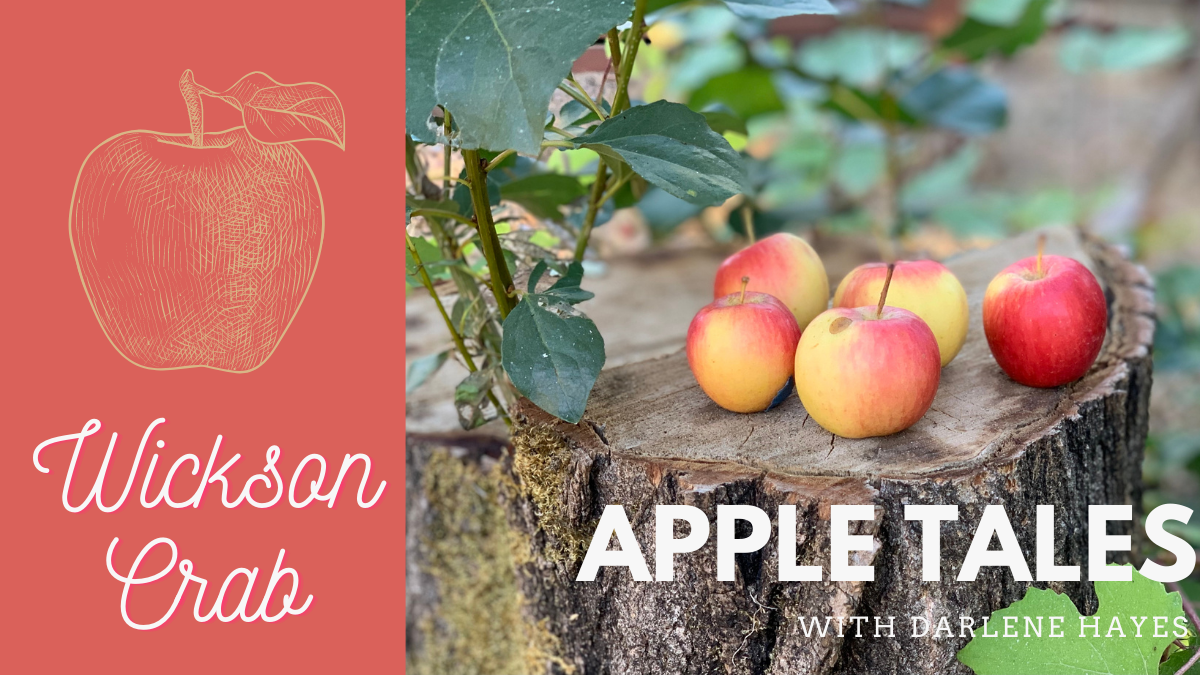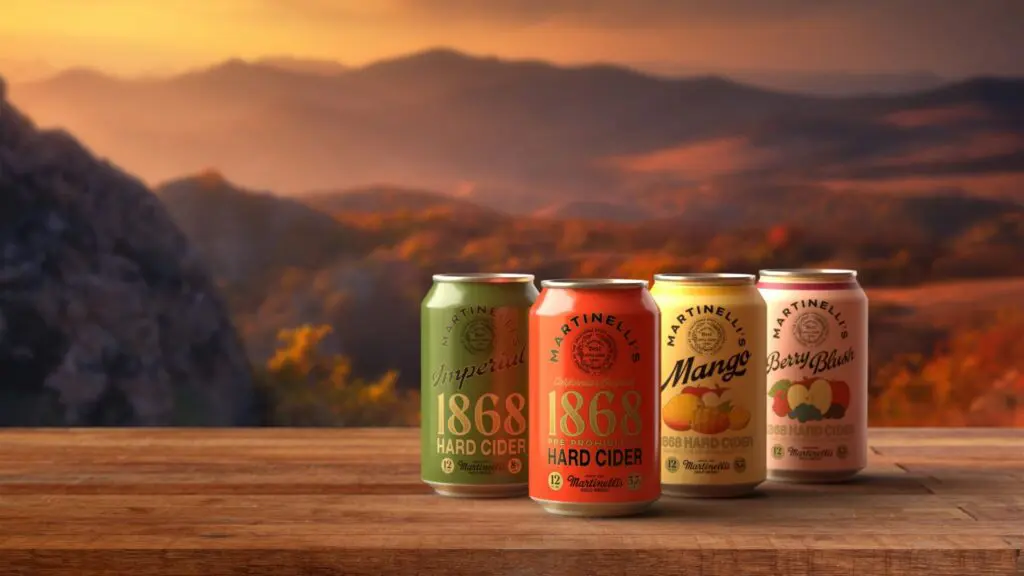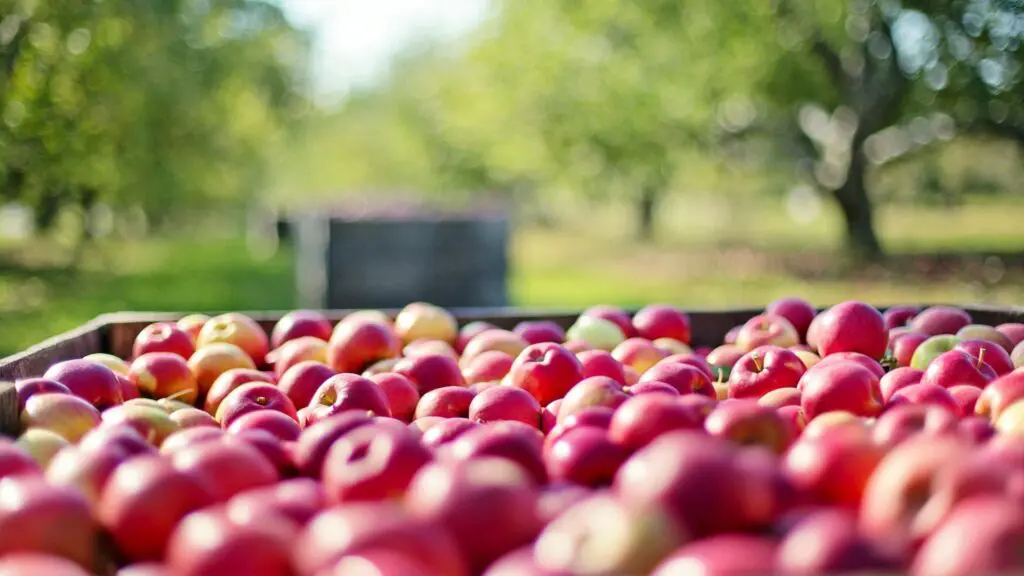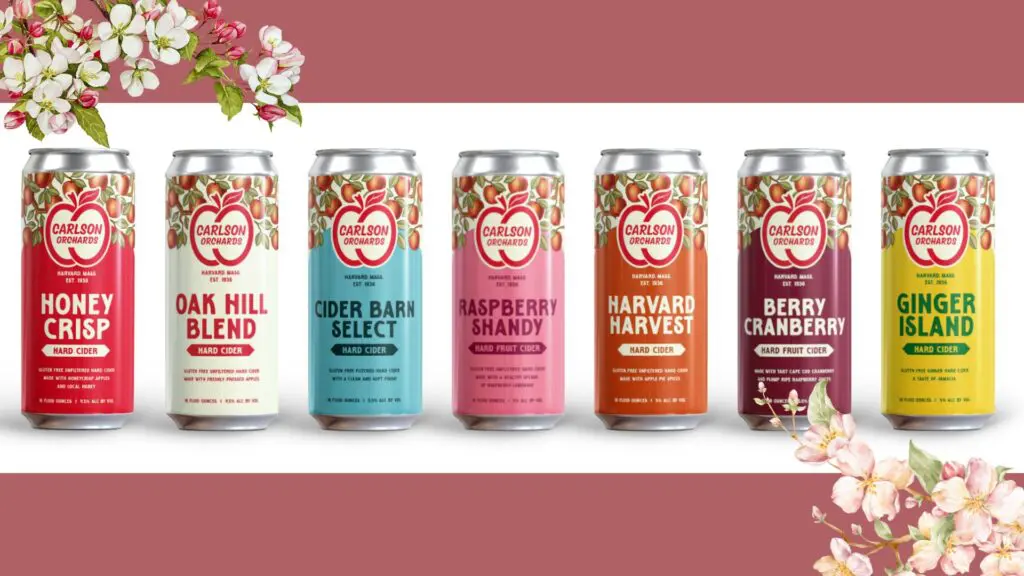Apple Tales with Darlene Hayes
The highway north from San Francisco winds its way through car dealerships and commercial districts, eventually opening up to vineyards, narrowing from eight lanes to two as it passes out of farmed land and into the shadow of giant redwoods. Known chiefly today as the southernmost end of the largest cannabis growing region in the United States, Humboldt County, Calif., was also once the home of one of America’s most innovative plant breeders, Albert Etter, creator of the little powerhouse apple, Wickson Crab.
Albert Felix Etter (1872-1950) was one of 10 surviving children born to Swiss immigrant Benjamin Etter and his German-born wife Wilhemina (née Kern). Young Etter showed an interest in plants from an early age, beginning his first breeding experiments at age 7 and creating a new line of dahlias by age 12. In his mid-teens he abandoned formal schooling, inspired by biologist/geologist Louis Agassiz (1807-1873) to learn from nature instead of books.
In the 1890s, Etter and several of his brothers staked a homestead claim to 800 acres in California’s Upper Mattole Valley wilderness, at least two days away from pretty much everything. It was densely forested, so the first order of business was clearing the land and setting up a sawmill to make their own lumber for building homes and barns. They had to hand-build a road to the nearest small town, Briceland. To improve and sweeten the soil they brought in goats, though the expert at the University of California, Berkeley, had suggested lime amendments were required and was more than a little dismissive when Etter rejected the idea.
Etter’s breeding experiments expanded. He had early success with strawberries, crossing established varieties with wild beach strawberries. Though common today, introducing wild plant genes into domesticated varieties was a radical notion during Etter’s time. The prevailing wisdom was that the best new cultivars came from crossing the best current ones, continuing the march to perfection not slipping backward into uncultivated savagery. Etter, however, had not come up through the formal university system and the narrowing of the mind that can come with it. He was willing to try unconventional approaches especially after they proved successful.
It is this mindset that he took with him into the breeding of new apples. He had particular goals in mind including scab resistance, fine juicy/crunchy flesh, and an apple that would can well. He was also looking for the next great variety for making “champagne” cider, according to the late Etter champion Ram Fishman. Etter had 450 trees in the ground by 1900, eventually testing at least 600 different cultivars. He wanted to know which would perform well there and be useful breeding stock, using those that didn’t make the cut as scaffolds for grafting later on. He had a host of well known varieties, but the ones that excited him most were the more obscure — Manx Codlin, Ananas Reinette and Northfield, for example.
It is anyone’s guess when the seed that became Wickson Crab was first planted. Though he frequently described his new creations in the many articles he wrote about his work, Etter didn’t name them in those articles, and what breeding notes he may have had disappeared in the 1990s.
The first written record of Wickson is a plant patent filed in June 1944 where Etter stated that it was a cross between “Newtown and Spitzenberg Crab.” Many have assumed that what was meant was a cross between the well known apples Newtown Pippin and Esopus Spitzenberg. Recent DNA analysis (unpublished) in fact shows that Wickson is not only unrelated to either of these apples, but does not, in fact, have a close genetic relationship to any apple sequenced to date. This is not a complete surprise given Etter’s known open-mindedness in selecting breeding material, but it does raise some interesting questions. What did Etter mean by “Newtown”? Did he really use Spitzenberg Crab, an obscure variety that seems to have principally been planted in late 19th century Wisconsin?
It should be said that the other possibility is that what Etter wrote in his patent was simply wrong. Even in well-funded large breeding programs mistakes can be made or records lost. Etter was working alone on a shoestring budget more or less in the middle of nowhere, and may well have been more focused on the end results than on how he got there. He says as much in a 1922 article on apple breeding written for the Pacific Rural Press. “Truly, if I had more time to look after this work, I could keep better records, but as it is, it is more important to the great majority that they get these improved kinds than it is as to where or how they came into being.”
The mystery of Wickson’s parentage notwithstanding, it is a remarkable little apple that from its obscure beginnings has found its way into the hearts of cidermakers across the country. Etter’s patent describes it as “brilliant red, oblong in shape, and sugary sweet, highly flavored, and juicy.” He was absolutely right, though he could have also added bright with acid to balance all of that sugar. Its small size, less than two inches across, has kept it from being of much interest to large-scale growers. But if the many examples I tasted are any indication, Wickson is following in the footsteps of the famous Harrison and well on its way to becoming the next great American cider apple.
Wandering Aengus Ciderworks – Salem, Ore.
Dry; honey, almonds, lemon juice, dried apples, almonds, toasted nuts, candied orange peel; sparkling
2014 | 7.5% ABV
Hudson Valley Farmhouse Cider – Stone Ridge, N.Y.
Dry; lemon curd, banana, melon, lemon zest, green apple skin, fresh thyme, white flowers, apricot, quince; sparkling
2018 | 6.9% ABV
Eve’s Cidery – Van Etten, N.Y.
Dry; Meyer lemon juice, honey, baked apple, toasted almond, pear skin, anise; sparkling
2019 | 8% ABV
Art + Science, Cider + Wine – Sheridan, Ore.
Dry; lime zest, lemon zest, apple skin, green plum, salt, VA; sparkling
Undated | 7% ABV
Western Cider – Missoula, Mont.
Dry; lemon curd, just ripe apricot, ripe apple, ripe pear, lemongrass; sparkling
Undated | 7.7% ABV
Ploughman Farm Cider – Gettysburg, Pa.
Dry, Meyer lemon curd, spruce tips, apricot, pear skin; sparkling
Undated | 8% ABV
Tilted Shed Ciderworks – Windsor, Calif.
Dry; ripe cantaloupe, lemon juice, lemon zest, lemon curd, apricot, ripe apple, pineapple, mango, white flowers; sparkling
2017 | 9.5% ABV
Tilted Shed Ciderworks – Windsor, Calif.
Dry; lemon, pear skin, grapefruit, dried twigs, VA; sparkling
2018 | 9% ABV
Tilted Shed Ciderworks – Windsor, Calif.
Dry; Meyer lemon, lemon pith, plum skin, apricot, VA; sparkling
2019 | 9% ABV
Albemarle CiderWorks – North Garden, Va.
Dry; lemon peel and pith, lemon blossom, apricot, dried thyme, grapefruit peel; sparkling
2019 | 9.5% ABV
Albemarle Cider – North Garden, Va.
Dry; rose, lemon curd, apricot, grapefruit, green herbs, pear, honeydew melon; sparkling
2020 | 9.1% ABV
Albemarle Cider – North Garden, Va.
Dry; lemon peel, lemon curd, grapefruit peel and pith, fennel, just ripe apricot, green pear; sparkling
2021 | 9.5% ABV












 Introducing Island Daiquiri from @portlan
Introducing Island Daiquiri from @portlan








